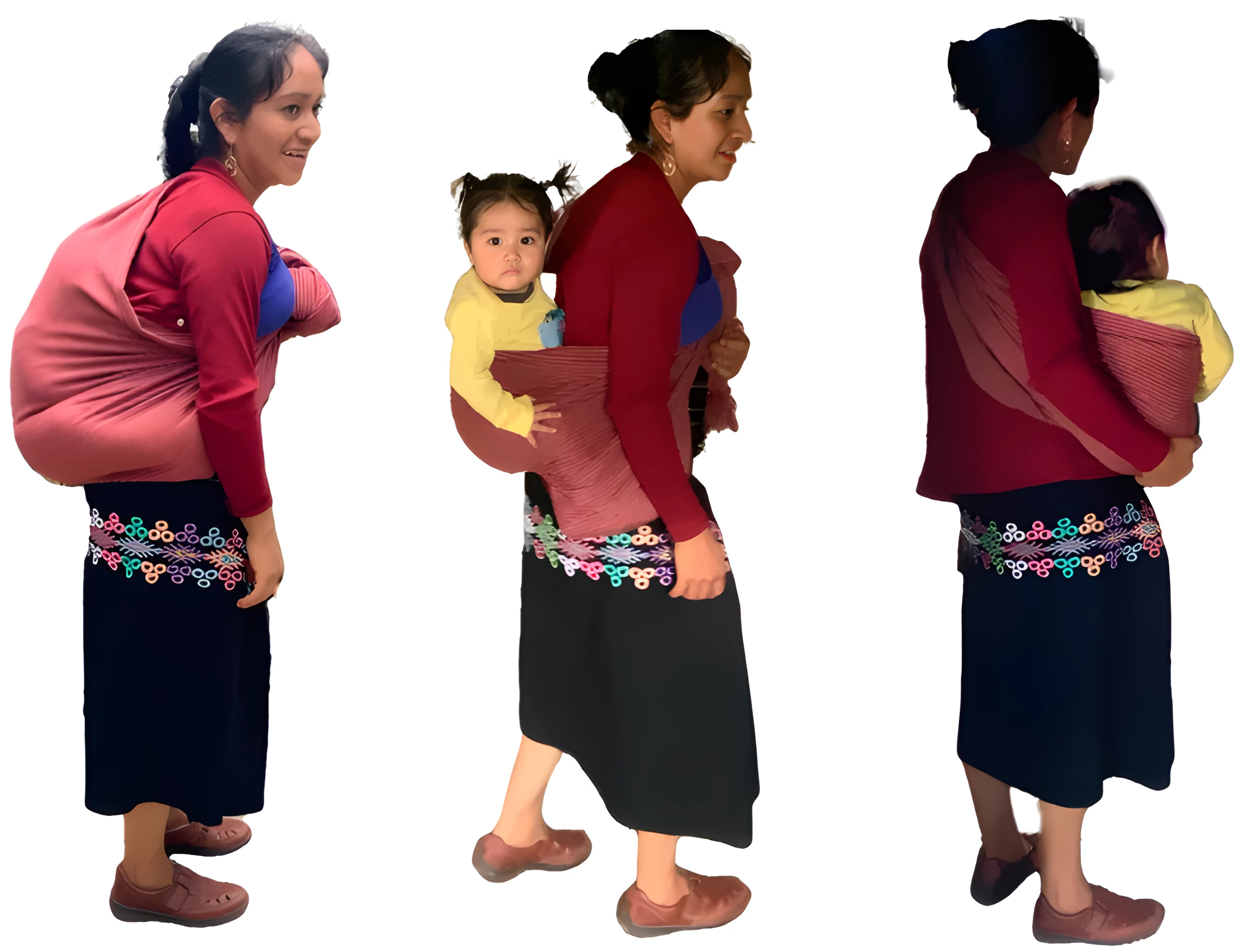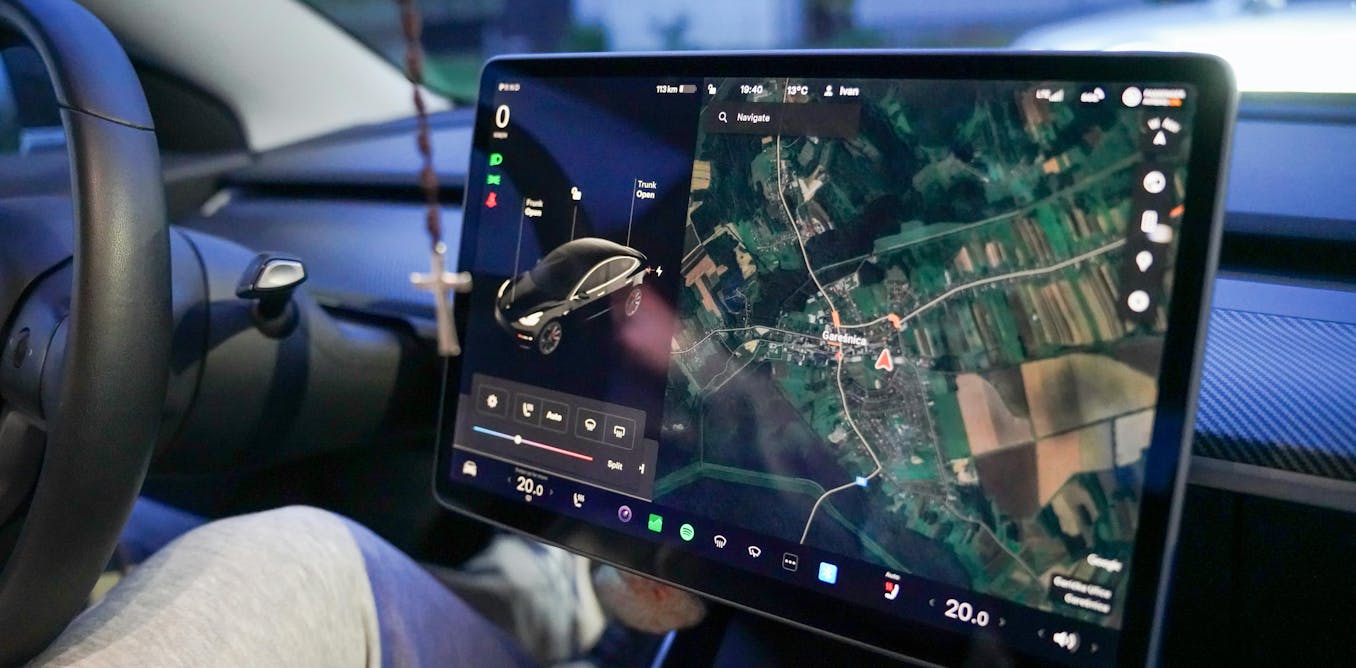In the Western world, parents are urged to talk to their infants soon after they’re born — and to keep talking to them. Chat about everyday things, read books, tell stories, sing songs, Australia’s Raising Children Network recommends. This advice didn’t come out of nowhere. Decades of research suggest that incessant, child-directed speech might be the main driver of language development.
But there’s a problem with much of this research — it’s WEIRD, or originating from Western, Educated, Industrialized, Rich, and Democratic countries. In the United States and other WEIRD nations, people often live in small, isolated families, their lives augmented by technology. But for much of humanity’s existence, people didn’t live like this. The societal gulf raises two questions. Is frequent adult-to-child direct speech really the single, optimal pathway to language development? And could it be that children raised in Western settings learn language differently from how our ancestors did?
Child-directed speech
Western scientists have previously visited indigenous communities like the Yucatec Maya in southeastern Mexico and the Rossel Islanders in Papua New Guinea. These academic visitors found that, in contrast to Western infants, infants in these societies primarily hear speech directed to others, rather than directed to them. And these youngsters develop their native language skills just as ably.
More recently, Ruthe Foushee, an Assistant Professor of Psychology and Director of the Human Language and Development Lab at The New School for Social Research, and Mahesh Srinivasan, an Associate Professor of Psychology and Principal Investigator of the Language and Cognitive Development Lab at UC-Berkeley, traveled to Southern Mexico to learn from the Tseltal Maya community in Tenejapa, Chiapas.
Tseltal infants are rarely spoken to, “yet have the opportunity to overhear a great deal […] by virtue of being carried on their mothers’ backs,” the authors described.
“They are also almost never put down, or even passed to siblings, ensuring that they are witness to practically the entirety of their mothers’ social interactions,” they added.

A prior study found that Tseltal children under age three are spoken to by adults or other children for just over three-and-a-half minutes per hour — three times less than infants in the U.S. and Canada. However, young Tseltal children do overhear roughly 21 minutes of speech each hour. Would all this indirect language exposure allow them to develop their speaking abilities similarly to Western infants? If so, this would contradict the notion that children must be directly and regularly spoken to learn language.
“This theory predicts that Tseltal infants should have minimal lexical knowledge, given that they are rarely the direct recipients of speech. Evidence that infants in this context and developmental period possess such lexical knowledge would thus be a challenge to prevailing theory,” Foushee and Srinivasan commented.
Across two experiments, employing identical techniques to test the language knowledge of infants in WEIRD countries, the duo found that Tseltal infants aged five to 16 months matched the skills of similarly aged Western infants. The first experiment assessed infants’ knowledge of nouns, including food, objects, and animals. The second examined infants’ awareness of Tseltal honorific greeting terms used between individuals, which would only be learned through overhearing.
The results show that human infants are clearly capable of learning language through observation, suggesting that talking directly to young children is not a requirement. Rather, as an international team of scientists wrote in an article published in 2022 to PLoS Biology, WEIRD societies might be the weird ones when it comes to language learning.
“The amount of child-directed communication children are exposed to in WEIRD societies might be atypical for the rest of the world and most of human history,” they wrote. To illustrate this point they cited evidence from observations of our great ape relatives. It turns out, they direct very little vocal communication toward youngsters, hinting that our hominin relatives likely behaved similarly.
The thinking has long been that humans evolved the behavior of speaking directly to infants, leading to more advanced language and facilitating faster learning. Moreover, child-directed speech has been linked to the emergence of natural pedagogy, a human-specific capacity that allows us to acquire cultural information from communication even before the emergence of the first words.
A hypothesis for WEIRD societies
However, all of this is contradicted by the aforementioned studies of indigenous peoples. So, perhaps child-directed language is instead a more recent phenomenon. If so, why did it arise? The researchers put forth a hypothesis.
“In small-scale societies, which arguably represent the more typical human condition, children are continuously surrounded by individuals of all ages,” they wrote. This means that infants overhear much more speech compared to infants in WEIRD societies, which are far more siloed.
“Do the large amounts of child-directed communication in WEIRD societies serve to compensate for the much lower quantity of child-surrounding communication?” they wondered.
In an interview with Big Think, Foushee and Srinivasan added context.
“Anthropologists Elinor Ochs and Bambi Schiefflin suggest that child-directed language is (in part) opportunistic […] In smaller, nuclear-family households, there are going to be more times where it’s just an adult and a young child in the house (e.g., because the other caregiver is working), which means more language directed to the young child, and maybe a greater reliance by the child on directed language for language development.”
Could there be further ramifications of altering the way we’ve historically learned language?
“Children raised in child-centered contexts may come to expect their attention to be managed by their caregivers and learn to ignore interactions around them,” Foushee and Srinivasan wrote in their paper. “Conversely, children raised in contexts in which child-directed language is rare and other-directed language is common may develop a keen ability to attend to and learn from interactions around them.”
“One of the ramifications of this general idea is that children from different language environments might excel at different forms of learning and assessment,” they added in an interview.
None of this means that denizens of WEIRD countries should shy away from speaking directly to infants. Within these societies, the data is clear that greater amounts of child-directed communication boosts language processing efficiency, vocabulary growth, brain development, and educational success. The recent data simply suggests that talking directly to youngsters isn’t the only, or necessarily even the optimal, way for them to learn language.
“Our study emphasizes the importance of cross-cultural work; all of the work done on child-directed language in Western contexts may lead to the false impression that that is the best way to parent. However, taking seriously the cross-cultural variation in how children are introduced to, embedded in, and ultimately acquire language is an important challenge to those assumptions,” Foushee and Srinivasan told Big Think.
Perhaps, above all, the latest results showcase the truly amazing ability of the youngest minds to learn their native tongues, Foushee and Srinivasan said.
“Language development is often admired for its robustness and resilience… Our findings invite the perspective that children successfully acquire their native languages across variable environments in part because they are flexible in how they learn.”
This article Talking to your infant is likely a modern phenomenon. Here’s why. is featured on Big Think.

The post “Talking to your infant is likely a modern phenomenon. Here’s why.” by Ross Pomeroy was published on 07/09/2024 by bigthink.com





































